The financial impact of personal injuries presents its own stark reality. When accidents or injuries disrupt your life, they often trigger a cascade of financial challenges that extend far beyond initial medical bills.
Studies show that medical debt remains the leading cause of bankruptcy in America, with over 60% of those filing citing medical expenses as a significant factor. For those recovering from serious injuries, the financial burden can be overwhelming - approximately 42% of seriously injured victims exhaust their savings within two years of the incident, and nearly one-third face difficulties paying for basic necessities like housing and food during recovery.
Those navigating recovery from injuries must recognize that effective financial strategies and legal support can make the difference between financial devastation and establishing a path to stability.
The financial impact of an accident
Automobile accidents create a significant financial burden that extends well beyond initial medical expenses. Researches showed that the economic consequences are often devastating, with tangible losses including both medical expenses and lost earnings that can quickly accumulate.
The impact is particularly severe for families with modest incomes, where unreimbursed costs exceeding $800 often trigger serious economic disruption.
Key financial challenges during recovery include:
- Medical expenses beyond insurance coverage limits
- Ongoing rehabilitation and therapy costs that continue long-term
- Lost wages and income disruption during recovery periods
- Home modifications and specialized equipment expenses
- Transportation challenges and associated costs for medical appointments
This financial strain is compounded by delays in compensation payments, which frequently take more than a year to resolve and sometimes up to three years, especially for those in lower income brackets. For many victims, the lack of adequate insurance coverage or legal representation further exacerbates their financial vulnerability. The research demonstrates that those who retain legal representation are significantly more likely to receive adequate compensation, yet this creates additional expenses during an already challenging recovery process.
The financial impact of an accident
Medical expenses (immediate and long-term)
Medical expenses following an accident can create significant financial hardship for victims and their families. These costs include both immediate emergency care and long-term treatments that may continue for months or years. According to research data, medical expenses represent a substantial portion of tangible losses for accident victims, with many individuals receiving inadequate compensation to cover these costs.
The study shows that for seriously injured victims with tangible losses exceeding $800, nearly 25% received either no compensation or less than half their medical and earning losses. These expenses can include emergency room visits, hospital stays, surgeries, medications, physical therapy, rehabilitation, and specialized medical equipment. For families with modest incomes, these substantial medical costs can lead to serious economic disruption, especially when insurance coverage is insufficient or delayed.
Lost wages and diminished earning capacity
Lost wages and diminished earning capacity represent significant financial burdens for accident victims. The "Financial Impact of Automobile Accidents" study reveals that these losses often constitute a substantial portion of victims' tangible costs. While immediate wage losses are relatively straightforward to calculate, diminished earning capacity presents long-term financial challenges when injuries result in permanent limitations or disabilities.
- The study shows that current compensation systems frequently fail to adequately address ongoing economic losses
- This is particularly true for seriously injured victims
- For many families with modest incomes (under $10,000 in the study), these losses can trigger severe financial hardship
- Families often resort to exhausting savings, borrowing money, or having additional family members enter the workforce
Property damage costs
Property damage costs constitute a substantial financial burden for accident victims, particularly involving vehicle repair or replacement expenses. When a collision occurs, these costs can quickly escalate, especially for newer vehicles with advanced technology components. The research deliberately excluded property damage from their definition of "tangible loss" to focus on medical expenses and earning losses, noting that while cars are essential for many families, this risk is typically managed through private collision insurance.
Including property damage in a supplementary insurance fund would dramatically increase both administrative overhead and required reserves, potentially imposing disproportionate expenses on the motoring public compared to addressing more pressing needs of families facing severe economic hardship.
Key points about property damage costs:
- Often represents immediate out-of-pocket expenses following accidents
- Can significantly compound financial stress when combined with medical bills
- May require separate deductibles even with insurance coverage
- Frequently necessitates temporary transportation alternatives during repairs
- Value depreciation of repaired vehicles creates additional hidden financial loss
Insurance considerations
Understanding your insurance coverage
After an accident, comprehending your insurance policy is essential for maximizing financial recovery. Nearly half of accident victims receive no compensation from the other party's insurer, making your own coverage vital.
Key elements to understand include:
Policy Limits:
- Per Person/Per Accident Limits - Maximum payouts for individual injuries and total accident injuries
- Property Damage Limits - Maximum payment for others' property damage
- Aggregate Limits - Total coverage for all claims from one accident
Coverage Types:
- Liability Coverage - Pays for damages you cause to others
- Medical Payments/PIP - Covers medical expenses regardless of fault
- Uninsured/Underinsured Motorist - Protection when the at-fault driver lacks adequate insurance
- Collision Coverage - Repairs your vehicle regardless of fault
Critical Conditions:
- Deductibles - Your out-of-pocket expense before coverage begins
- Exclusions - Circumstances not covered by your policy
- Notification Requirements - Deadlines for reporting accidents
- Coordination of Benefits - How auto insurance works with health insurance
Consider consulting an insurance professional to identify all potential sources of coverage that can support your recovery.
Dealing with insurance adjusters
Insurance adjusters tend to settle small claims quickly, often paying more than the tangible losses to avoid litigation costs. For trivial injuries, settlements frequently exceed actual damages due to the "nuisance value" of small claims. The document notes that adjusters are motivated to liquidate claims quickly to free up reserves and avoid the risk of injuries developing into larger claims later.
When dealing with unrepresented claimants, the research showed they often fare poorly compared to those with legal representation - many receiving no payment at all. This dynamic creates an uneven playing field where adjusters may offer less favorable terms to those without legal representation.
Common insurance challenges and pitfalls
Key insurance challenges and pitfalls that accident victims face:
- Insurance adjusters often seek to settle quickly, particularly for small claims that have "nuisance value"
- This practice can lead to inadequate compensation, especially when injuries develop slowly after settlement
A significant disparity in outcomes between those who retain lawyers and those who don't - victims without legal representation frequently receive no compensation at all, even when the other party is insured. Insurance companies are typically more willing to fight large claims while settling small ones generously (often at multiple times the actual tangible losses). There's also the challenge of delay - many victims wait over a year for settlements, with some cases taking more than three years to resolve, creating financial hardship during the interim. Additionally, the collateral benefits rule can create complications when victims attempt to collect payments for costs that have already been reimbursed through other sources.
Tips for maximizing insurance benefits
- Thoroughly understand your insurance coverage before filing claims
- Maintain detailed documentation of all medical expenses and lost wages
- Avoid accepting early settlements before the full extent of injuries is known
- Communicate proactively with your insurance company
- Provide complete information about injuries and treatments
- Consider having an attorney review settlement offers
- Be aware that unrepresented claimants typically receive lower settlements
- Know the statute of limitations for filing claims
- Keep records of all communications with insurance companies
- Document how the injury has affected your daily life and work
How personal injury lawyer can help?
Dealing with an accident is hard. There’s the physical and emotional toll, but also the maze of legal and financial issues. A lawyer does more than handle the legal side—they offer support when you need it most.
Less Stress
An attorney takes over the tedious work: paperwork, dealing with insurance companies, and cutting through legal jargon. You can focus on recovering.
Clear Guidance
With a lawyer, you’re not guessing. They help you strategize, decide when to settle, and navigate the process with your best interests in mind.
Maximized Compensation
Legal experts know how to build strong cases. They make sure every cost including medical bills, lost income, future care is accounted for and fought for.
Stronger Advocacy
Beyond negotiations, a lawyer is on your side. Their presence alone can shift the balance, giving you confidence and leverage against insurers.
Legal help isn’t just about winning a case—it’s about making recovery easier and ensuring you’re not alone in the process.
Personal injury claims explained
Personal injury claims arise when someone suffers physical, emotional, or psychological injuries and seeks compensation from the party believed responsible. These claims typically involve accidents such as car crashes, slip and falls, or workplace injuries. The legal process focuses on establishing liability through causes of action like negligence or intentional tort.
For a successful claim, victims must prove all elements of their case while seeking compensation for medical expenses, lost wages, emotional distress, and other related losses. Time limitations apply, with most claims requiring filing within two years of the injury. The claims process involves both financial and emotional dimensions, with studies showing that victims often seek not only monetary compensation but also acknowledgment, justice, and prevention of similar incidents. Many cases settle out of court rather than proceeding to trial, and having legal representation significantly increases the likelihood of receiving compensation.
Types of compensation available (economic vs. non-economic damages)
| Economic damages | Non-economic damages |
|---|---|
|
|
The legal process: what to expect
- Consult a Personal Injury Attorney - Schedule a free initial consultation to evaluate your case.
- Gather Evidence - Collect medical records, accident reports, and witness statements for your lawyer to assess liability.
- File a Claim or Lawsuit - Work with your attorney to file a claim with the at-fault party’s insurance or initiate a lawsuit if needed.
- Participate in Discovery - Exchange information with the opposing side during the discovery phase.
- Negotiate a Settlement - Engage in negotiations with your attorney to reach a settlement, if possible.
- Prepare for Trial (if necessary) - If no settlement is reached, be ready for a trial, which may involve additional time and costs.
- Manage Expenses - Keep track of medical bills, lost wages, and other costs while awaiting compensation.
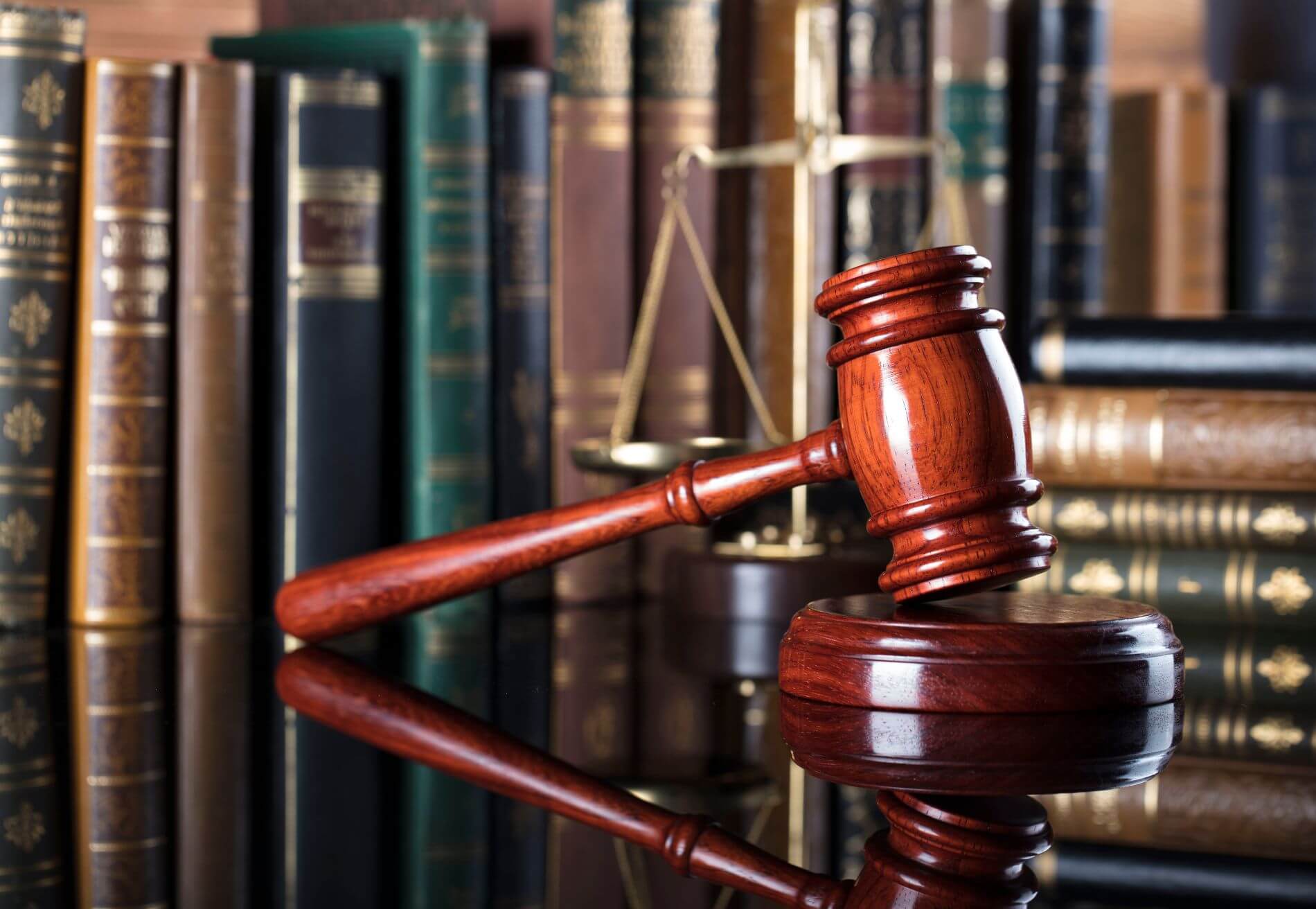
How Personal Injury Cases Protect the Community
When most people think of personal injury cases, they picture an individual seeking compensation for medical bills, lost wages, or pain and suffering. read more
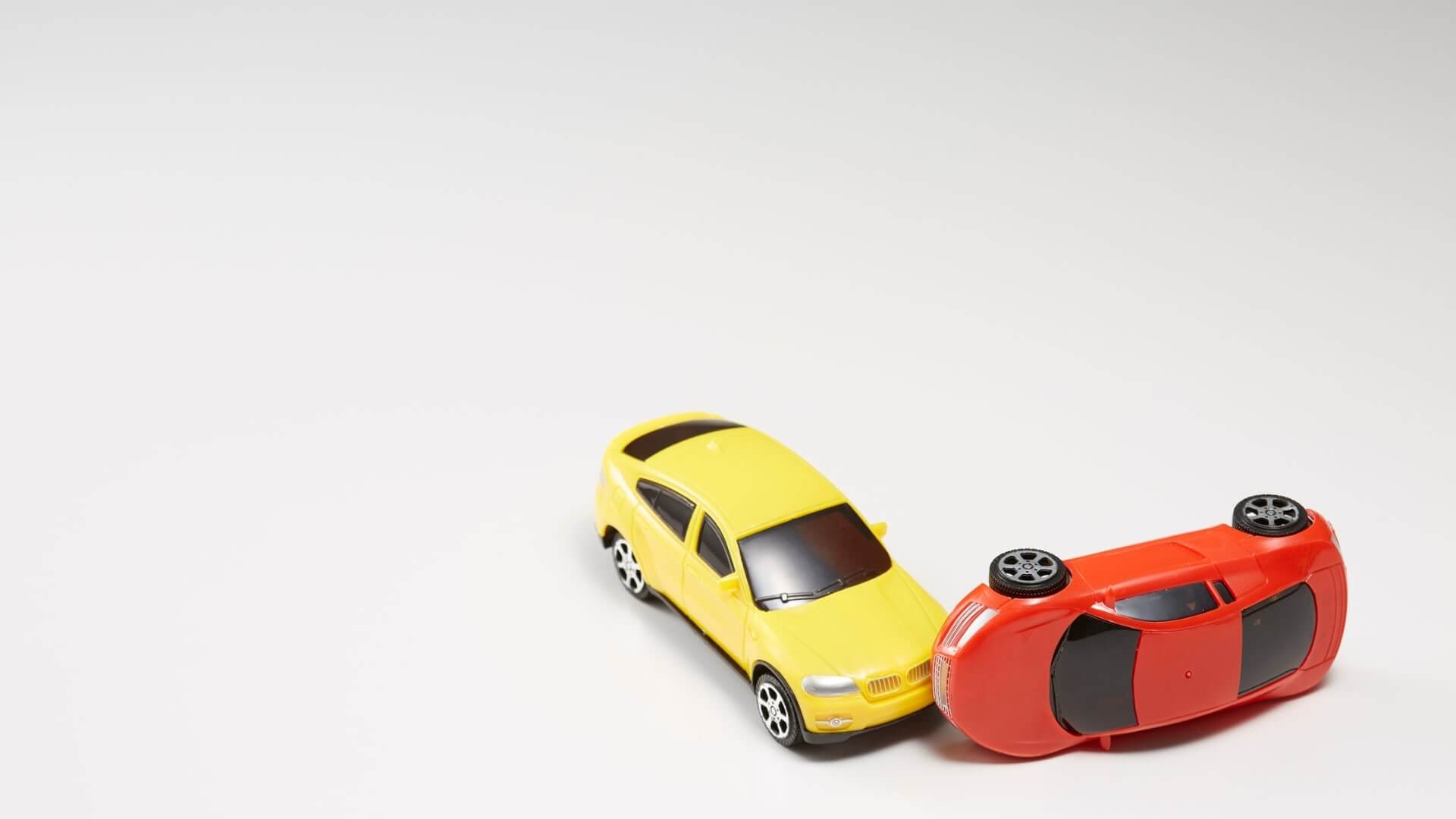
What Happens If You're Partially At Fault in an Accident
After an accident, one of the first worries people often have is: “What if I was partly to blame? Does that mean I can’t recover anything?” read more

Think Before You Post: How Social Media Can Hurt Your Accident Claim
Sharing accident updates on social media may feel harmless—but insurance companies and defense attorneys can use your posts against you. Learn why posting after an accident is risky and how to protect your personal injury claim. read more

Why Shiganian Law is the Top Personal Injury Firm in Sherman Oaks and Encino
Shiganian Law delivers expert personal injury representation with a proven track record. Led by Isabel Shiganian, we offer personalized service, direct communication, and results-driven advocacy. No fee unless we win. read more

Hidden Injuries That Can Arise After a Car Accident — and What to Do Next
Learn about hidden injuries that can arise after a car accident. Comprehensive guide covering injury types, injury settlements, and steps to take after an accident. read more

How Dashcam Footage Can Completely Change Your Car Accident Claim
Discover how dashcam footage can transform car accident claims by providing clear evidence, resolving disputes, preventing fraud, and expediting insurance settlements. read more

Bitten But Blamed? How Insurance Companies Shift Fault in Dog Bite Claims
Discover how insurance companies shift blame in dog bite claims, the legal protections for victims in California, and steps to defend against unfair accusations. read more

What Is Considered a Catastrophic Injury in Personal Injury Law?
Understand catastrophic injuries in personal injury law - definitions, impacts, causes, and why specialized legal help is crucial for securing proper compensation. read more

The Biggest Mistakes People Make After an Accident Causing Personal Injury
Discover the critical mistakes people make after injuries that can damage their compensation claims and learn how to avoid these costly errors. read more

Emotional Trauma After an Accident: Understanding Your Rights and Recovery
Discover how emotional trauma after accidents affects mental health and daily life. Learn about your legal rights and the recovery journey to healing and compensation. read more

Motorcycle Accidents: Types of Injuries, Settlements, and Your Rights
Learn about motorcycle accident causes, safety tips, and legal rights. Comprehensive guide covering injury types, injury settlements, and steps to take after an accident. read more
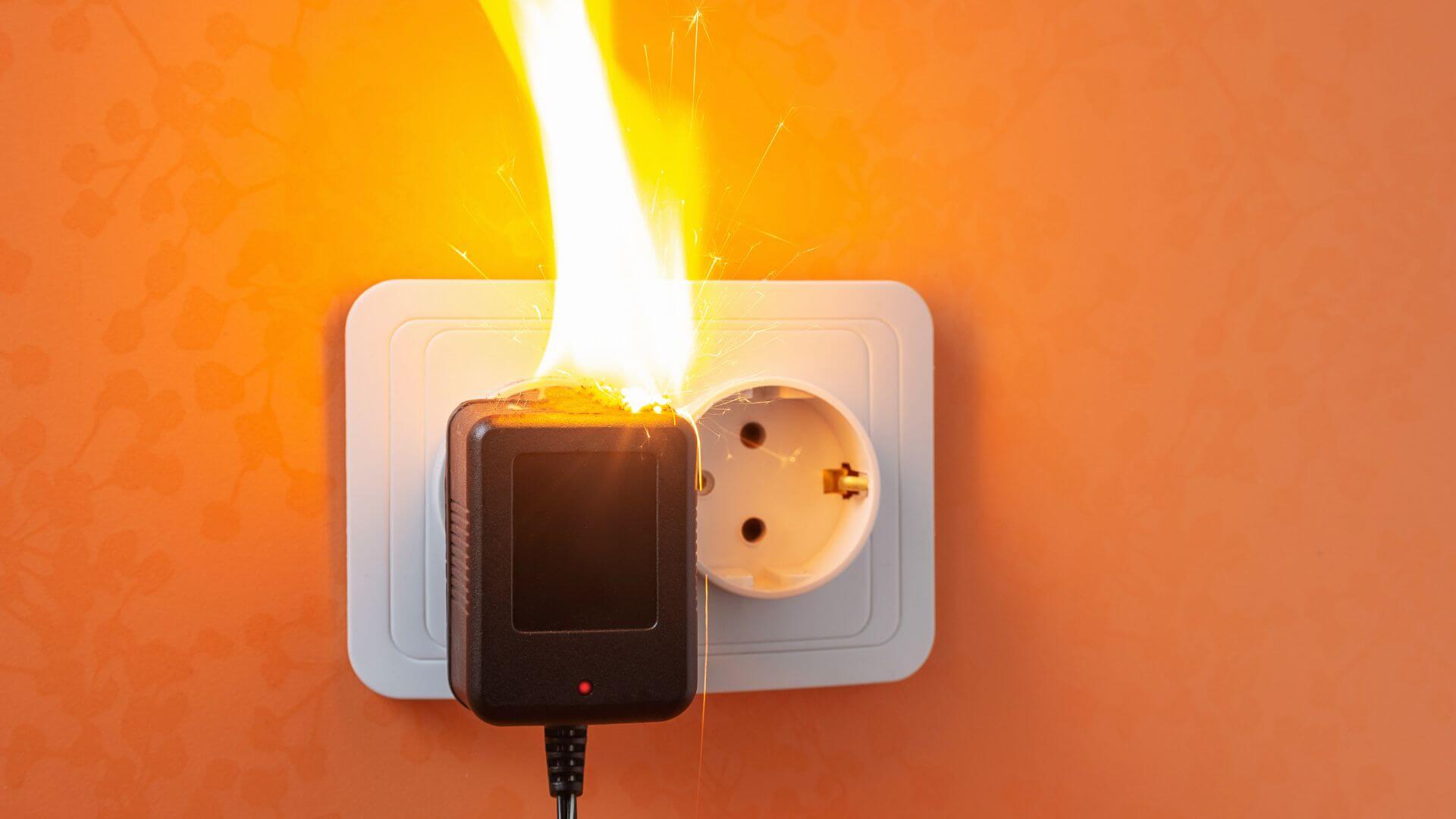
Product Liability in California: Protecting Consumer Rights
Learn about California product liability law, including types of defects, liable parties, and compensation available for injuries caused by defective products. read more
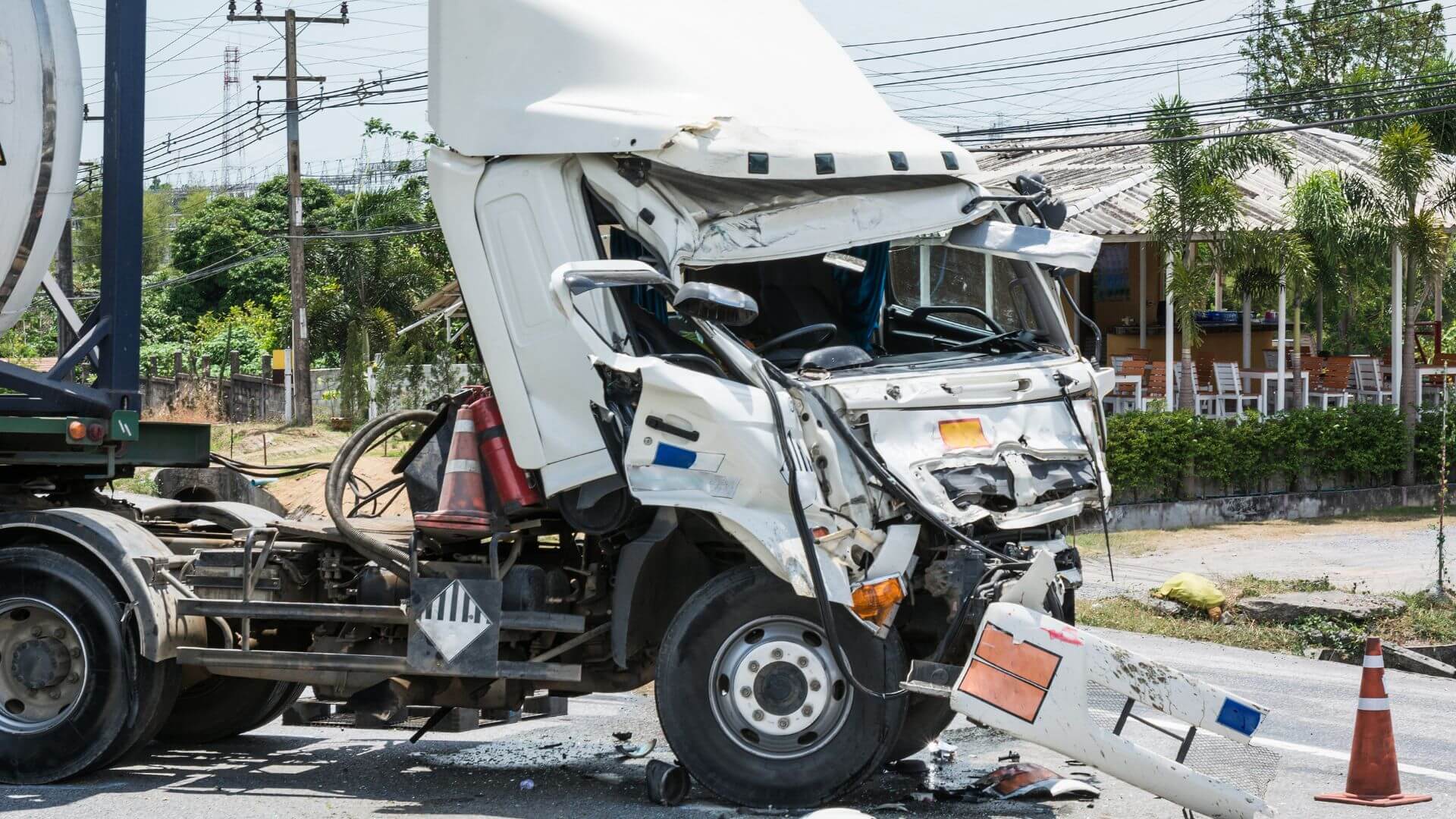
What Does a California Truck Accident Lawyer Do?
Learn how an experienced California truck accident lawyer can help maximize your compensation through expert investigation, evidence preservation, and strategic negotiation. read more

What is Premises Liability Law: Responsibility, Examples, and Common Types
Imagine walking through a quiet shopping center, enjoying a peaceful afternoon, when suddenly a wild Canadian goose darts out, knocking you over and fracturing your hip. It may sound far-fetched... read more
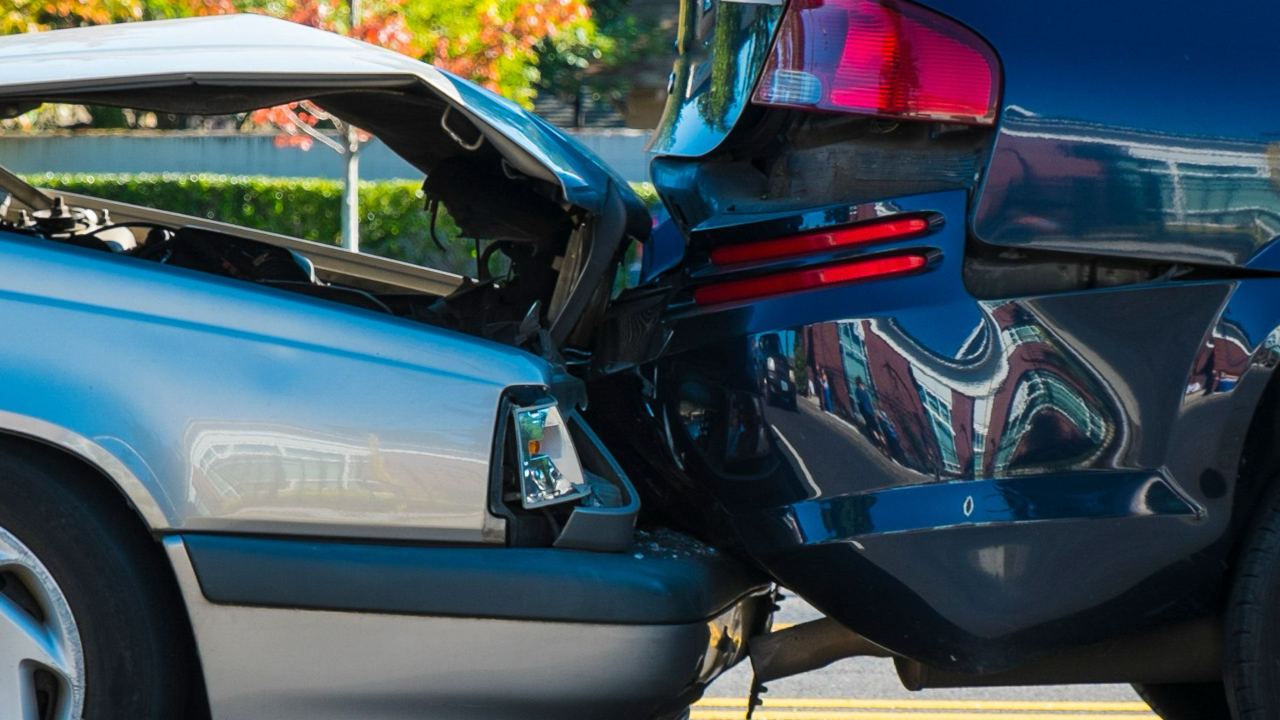
What to Do if You’ve Been in a California Car Accident?
If you’ve been in a car accident, you might be overwhelmed with the experience and what to do next. Your priority is your safety and health, and if you have been injured, getting the support you need to recover. read more

How long does it take to settle a pedestrian accident in California
When estimating the duration of a pedestrian accident settlement, it's important to consider all the factors that can influence the process. read more

California Prop 213 and Its Impact on Car Accidents
Proposition 213 was created in 1996, as a way to encourage motorists to get and maintain insurance. read more

How Much to Expect from a Car Accident Settlement in California
Car accidents are unfortunate events that can result in significant physical injuries and extensive medical treatment. read more
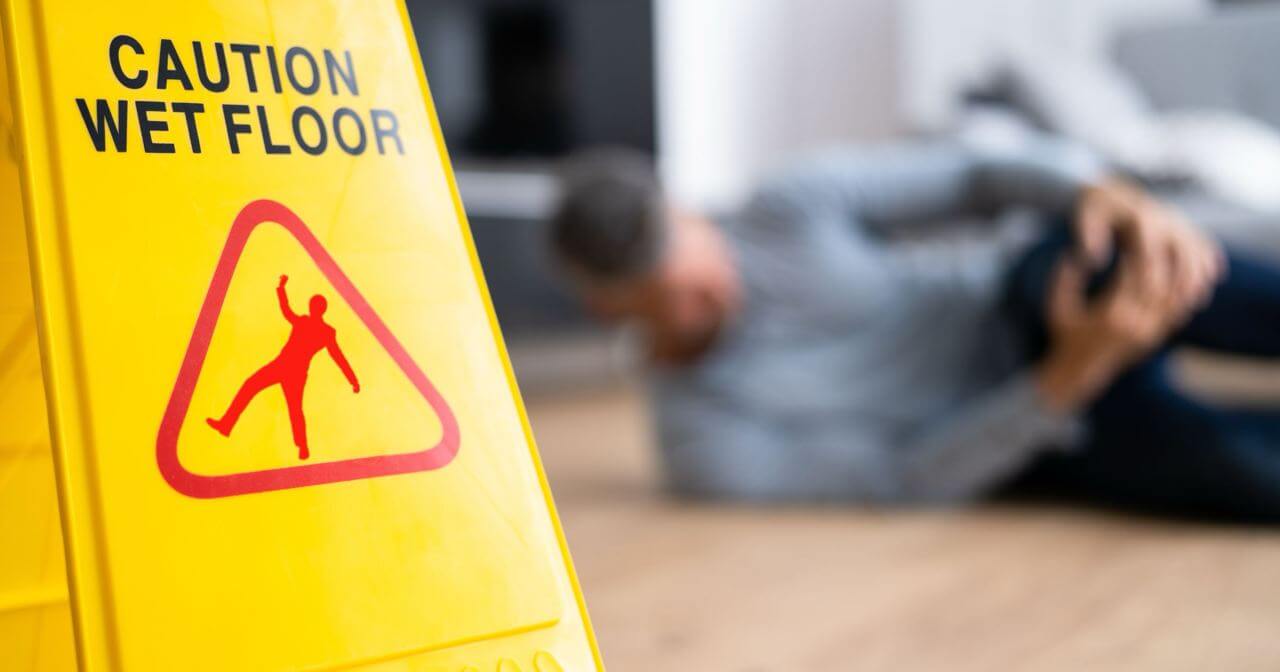
What to Do After a Slip-and-Fall Accident
This guide, while not a substitute for legal or medical advice, can help you figure out what to do in the short- and long-term after you’ve had an accident. read more